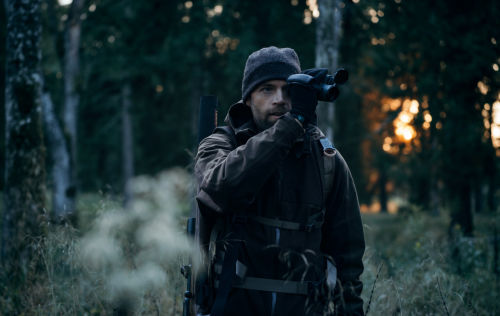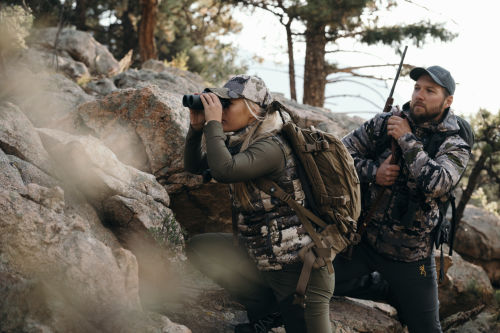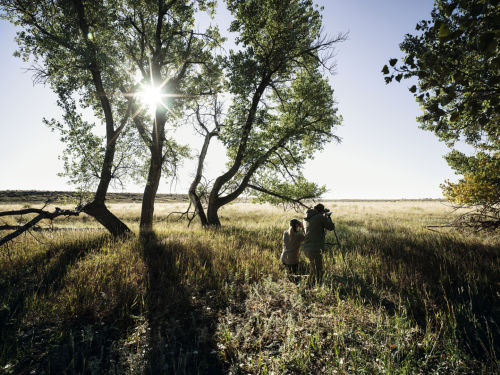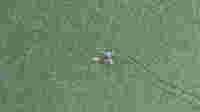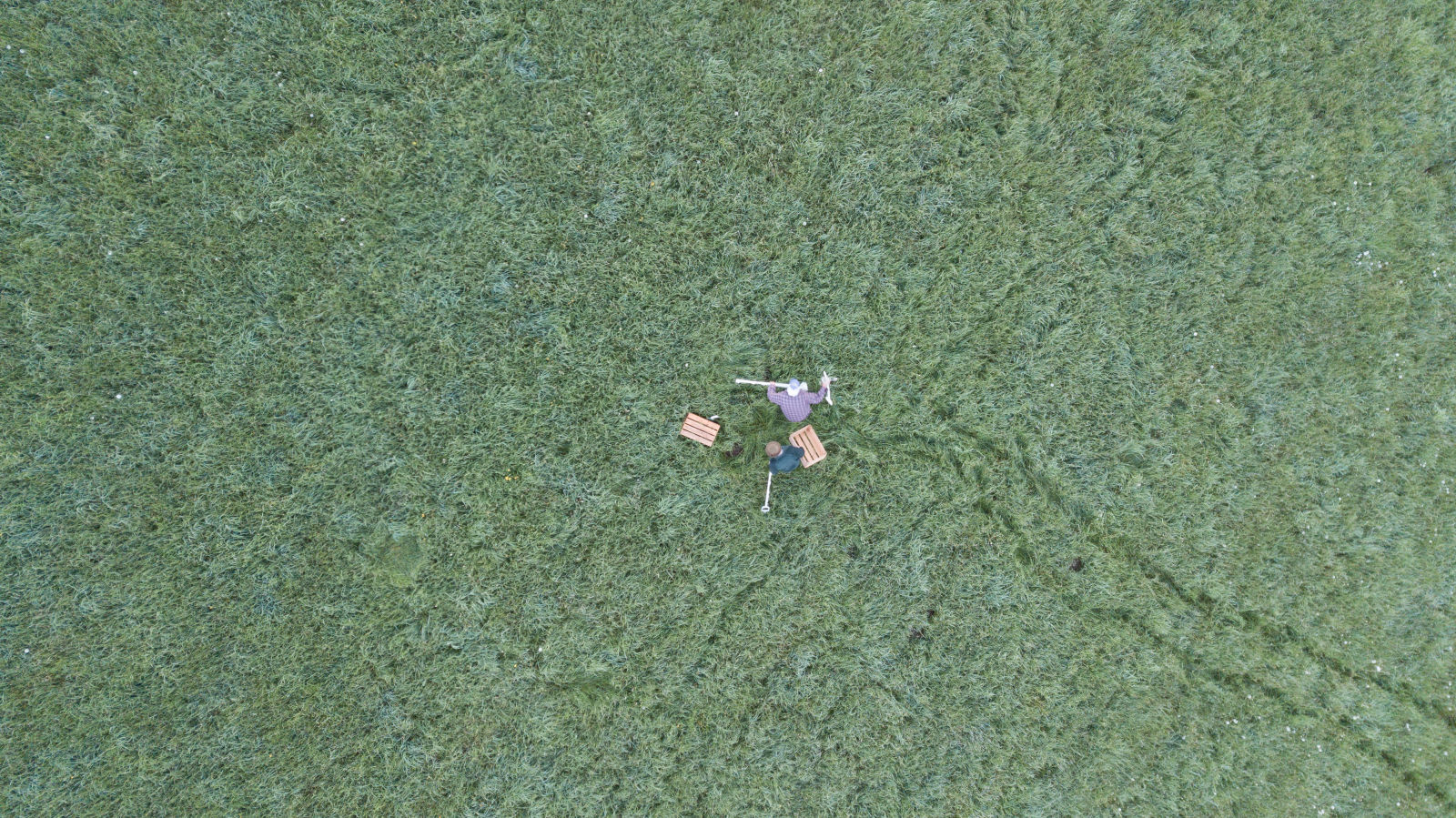Springtime. Spirits are high, birds are chirping, and bees are buzzing. On farmer fields, such a buzzing sound could also belong to something much bigger, such as an approaching combine harvester. This is where things can get serious for quiet little secrets that hide in the grass: fawns.


The hidden
kitz
Roe deer fawns are born mainly in May and June. To hide their young from predators, does often place them in fields with long grass. With their white spots on brown fur, fawns become nearly invisible for the naked eye.
Their instinct tells the deer offspring to press themselves against the ground whenever they sense dangers approaching. As they are odorless, their looks in combination with their natural habits make the perfect surviving strategy.
This strategy works well most times for foxes or hawks – a combine harvester, on the other hand, won’t miss any inch of the field
A tragedy to avoid
Every farmer strives to avoid unnecessary harm to animals. In some countries, this is mandatory by law and injuring fawns is heavily fined.
This is where the work of hunters, volunteers, and a rising technology come into play.

How to rescue fawns
#fortheloveofnature
Renate Fahrni is a huntress and a member of the volunteer organization Rehkitzrettung Kanton Bern (fawn rescue canton Bern). In Switzerland, it is the responsibility of the farmers to call the local hunters or the volunteers before they begin to cut the grass on their fields. It is a free service, executed mainly by hunters and other volunteers.
Formerly, the volunteers had to walk through the whole field, hoping to spot a hidden fawn. However, a new technology already brings significant success: drones with thermal imaging cameras.
Help from above
Before the drones fly over the field, they get programmed by their pilot. Whenever they fly over a POI (point of interest) the pilot marks the respecting spot. After the drone has worked the whole field, the pilot can place it over the point of interests where it remains flying in the air, until the volunteers arrive.
Whenever the volunteers find a fawn, they place it outside of the field and put a crate over it. Ideally, the farmer now mows the field within the next few hours so that the fawn can be released again quickly.


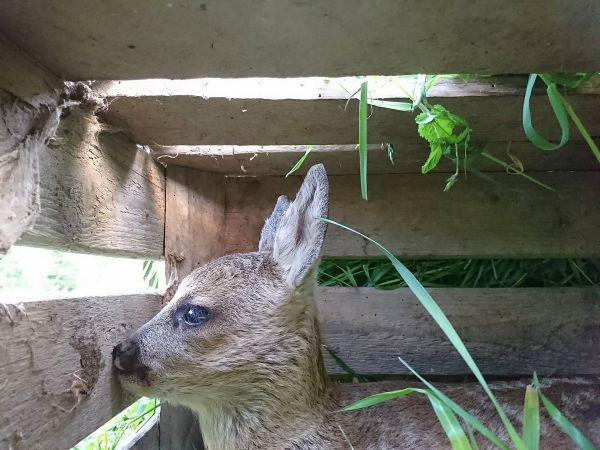
Fawn rescue
with drones
Drones add significant success to the fawn rescue process, and here is why:
Very quick
High success rate with a minimal risk to miss a fawn
Only two persons needed: One drone pilot and one helper to rescue the fawn
The field is not trampled over
The association takes over the organization and work in a professional way
All the farmer has to do is to make one phone call. No bad conscience or costs afterwards.
Of hunters and fawns
Renate Fahrni strongly believes that hunting and caring for wild animals can – and should – go hand in hand. It is in the responsibility of the hunters to foster the balance between give and take. Find more about the hunting position of SWAROVSKI OPTIK here.
I get a lot from nature – This is why I want to give something back, too.
Renate Fahrni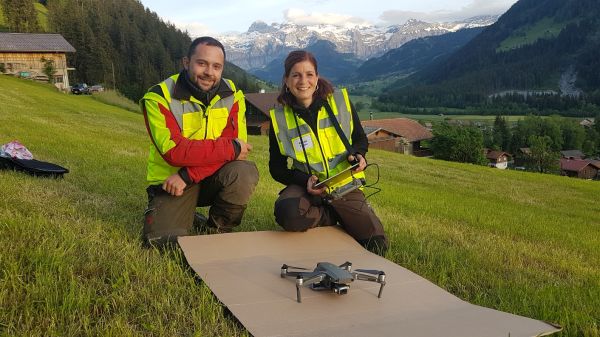
About the author
Renate Fahrni
Renate Fahrni is a Swiss huntress from the Berner Oberland, Switzerland. Her hunting grounds are located in the mountainous Simmental and in the hilly Emmental.
She strongly believes in the compatibility of hunting and sustainability, of technology and tradition. Her voluntary work in the fawn rescue has a special place in her heart.
